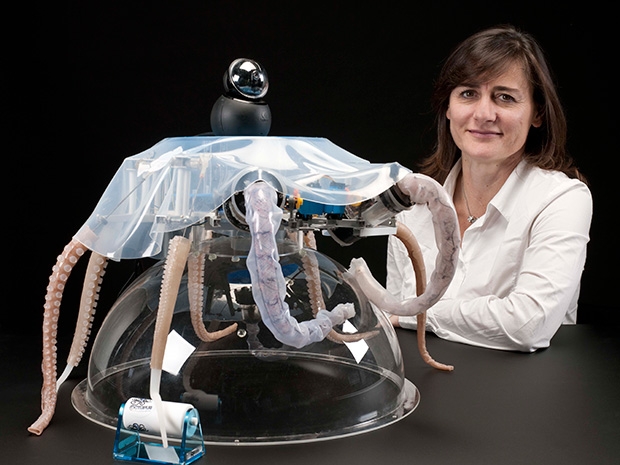
Editor's note: This article was compiled by Lei Feng Wang (search "Lei Feng network" public number concerned) compiled from IEEE Spectrum, the original author of the Italian Santa Ana high school robot laboratory head, Octopus Integrating Project head Cecilia Laschi.
When the students in our lab let the octopus robot launch for the first time, I was very nervous. At that time, the sun shined on the blue waves of the Mediterranean Sea. I watched the robot slowly sink to the bottom of the water and made swimming, crawling and other actions according to the instructions. When I ordered it to enter a small space under the deck, it flexed its body flexibly, easily drilling into the narrow gap.
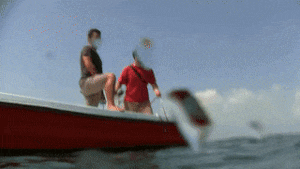
So far, humans have created a lot of robots, most of them in factories, according to instructions to assist humans to complete their work. However, robots need to move out of these environments to explore more non-mainstream areas, such as the bottom of the sea or the surface of Mars. In order to generate light and heat in these places, the robot must have a flexible body that can adapt to different environments.
As a result, building software robots is particularly important. In order to achieve our goal, we have turned our attention to the animal field. Animals have strong adaptability. The body is usually composed of soft substances. Body tissues can change with the environment.
Therefore, I launched the "Octopus Integrating Project" and worked with European and Israeli laboratories on the research of octopus robots.
Why choose octopus as a research object?
The octopus has no internal or external skeletons. Its eight claws can reach all directions and can wind tightly around objects that can freely elongate or shorten, soften or harden. It is very flexible and can change its body as the environment changes.
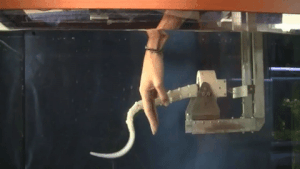
We want to create a robot that is as flexible as an octopus. First of all, we need to learn the muscular hydrostatic skeleton of the Octopus claw, which is the key to the octopus's flexible body. After digging into the biological characteristics of the octopus, our difficulty is how to convert these biological knowledge into engineering knowledge. We have hired a marine biologist to measure the claws of octopus. Based on this, we can use computer models to guide our experiments. Then we started testing the software engine to imitate animal muscles.
There are four main ways to build octopus muscles.
One way to do this is to use a material called “Electronically Powered Polymer (EAP)†to create artificial muscles. This material is a soft material with one electrode on each of the upper and lower sides. When the current is applied, EAP becomes With the capacitor, the two electrodes are tightened and the middle soft material is squeezed on both sides.A European research team has now created artificial muscle made from EAP.
The second method is to use a liquid brake, which can freely design the shape, flexibly arrange the electric compartment, let the robot arm bend freely, and make more complex actions.
The third method is very interesting: use a granular material (such as sand or even coffee) instead of a liquid to create a robotic arm. This method also allows the robot to freely contract and stretch.
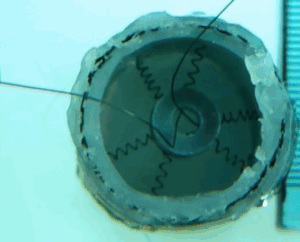
And what we are most interested in is the fourth method: use a material called shape memory alloy (SMA) to create artificial muscles. When the temperature rises, the SMA can become a specific shape, it will also "remember" this shape. We use heat to generate heat to heat the SMA and make it a true octopus shape. At the same time, it can "remember" a variety of different shapes so that actions such as bending, shortening, length, and grasping objects can be achieved.
We know that successfully creating an octopus robot is not an easy task. But we know that if we succeed, we will benefit many people. The octopus robot is very versatile and it can help humans perform underwater repairs. When the bottom of the ship is damaged, repairs will become a dangerous, difficult and expensive thing. At this time, the octopus robot will be able to solve this problem perfectly.
At the same time, octopus has a high IQ. Compared with other mollusks, the octopus' brain and nervous system have been more developed, but still have their own limitations. Therefore, we were surprised to see how the range of independent activities of its eight paws can be so great. Therefore, our next challenge is to study how the octopus controls the claws, so as to help us create a highly flexible octopus robot.
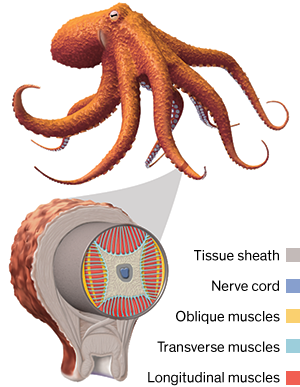
Biologists have discovered that the octopus's brain does not accept every tiny instruction. The neurons in its brain are much smaller than those in the peripheral region system. Therefore, biologists believe that the octopus' brain can respond to movements, while the low-end action center can control more precise neuromuscular activity. Experiments show that even if you control the neurons of the octopus brain, its claws can respond to external stimuli.
We also have a more interesting discovery: the octopus's limbs do not need complete instructions to make corresponding activities. Because after millions of years of evolution, the body of octopus has been able to respond to its own favorable environment. This concept is called "morphological computation" by robotics scientists and is called "embodied intelligence" by artificial intelligence researchers.
We have been inspired by this: We want to design a robot that the body can automatically respond to and make certain movements according to the environment. In this way, extremely simple instructions can also allow the robot to perform complex tasks.
We have studied the movements of marine animals and designed the octopus robots by mimicking their movement patterns. We have found that marine animals have passed several calculation instructions when controlling each limb. It seems that our octopus robot needs to control eight paws and it needs to make a lot of calculation instructions. For a general robot, each brake of the limbs requires one brake, but our octopus robot has the freedom to apply control strategies.
We decided to respect the evolutionary characteristics of octopuses and create robotic arms that do not require complex control instructions. First, we created mathematical models to test arm designs at different levels, including the use of different densities of materials, hardness, shape, placement of artificial muscles, etc. All of these factors need to be combined with the underwater environment to analyze specific problems. . How will they respond to changes in water temperature? Will water depth and pressure affect their activities? Will currents and swirls affect them? To answer these questions, we added fluid dynamics to the model.
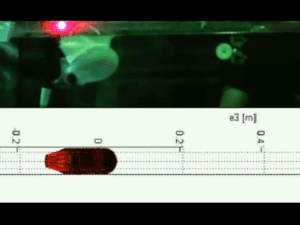
So we further experimented. The experimental results are very satisfying: To control the octopus robot is very simple, we can imitate the activities of real marine animals to create it. We successfully built an octopus robot prototype, replacing SMA with a cable, and using silicon to create octopus claws. Each paw contains a steel cable that can be automatically elongated or shortened. Each simple movement of the paw can provide energy.
In the process of designing the octopus robot, we conducted a lot of mature calculations. But when the robot really started to move, we found that its construction is actually very simple: there is only a simple "brain" (or a microcontroller) and eight paws. Each of its actions has undergone morphological calculations.
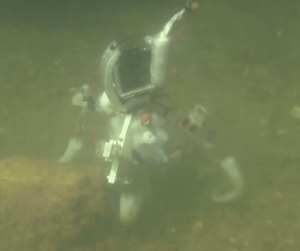
We called the prototype PoseiDrone. After it was born, we took it to the Mediterranean and studied its ability to perform every task, such as crawling while grasping an object, or suddenly opening during swimming. paw. We are very proud that it can overcome the intrusion of the waves and can successfully complete the mission.
Via:IEEE Spectrum
VCM Spring is a kind of metal etching spring sheets and is an important part of the VCM. VCM is include of Shield Case, Frame, F.Spacer, F.Spring, Yoke, Magnet, Coil, Carrier, B.Spacer, B.Spring, Base.
VCM is a camera important component, its main function is to allow the position of the lens to be adjusted to give a clear image. It is mainly used in camera micro zoom motor (VCM) for mobile phone camera, security camera, UAV camera, tablet computer camera, computer camera, as well as smart wear, high-end electronics, electronic scanning payment equipment and photo electricity and other fields. The material we usually use are BF158-TM10 /16/19 and C1990-GSH. We use fine metal etching process, and we can guarantee that our etched products have high precision, uniform etching lines, no burr surface, no notch and no deformation. We are the best supplier and manufacturer of VCM spring in China, our VCM spring have high quality but low price. We custom High Precision Spring Sheets with drawings provided by customers.
VCM Spring Sheet, High Precision Spring Sheets, Camera Important Components, Metal Etching Spring Sheets
SHAOXING HUALI ELECTRONICS CO., LTD. , https://www.cnsxhuali.com